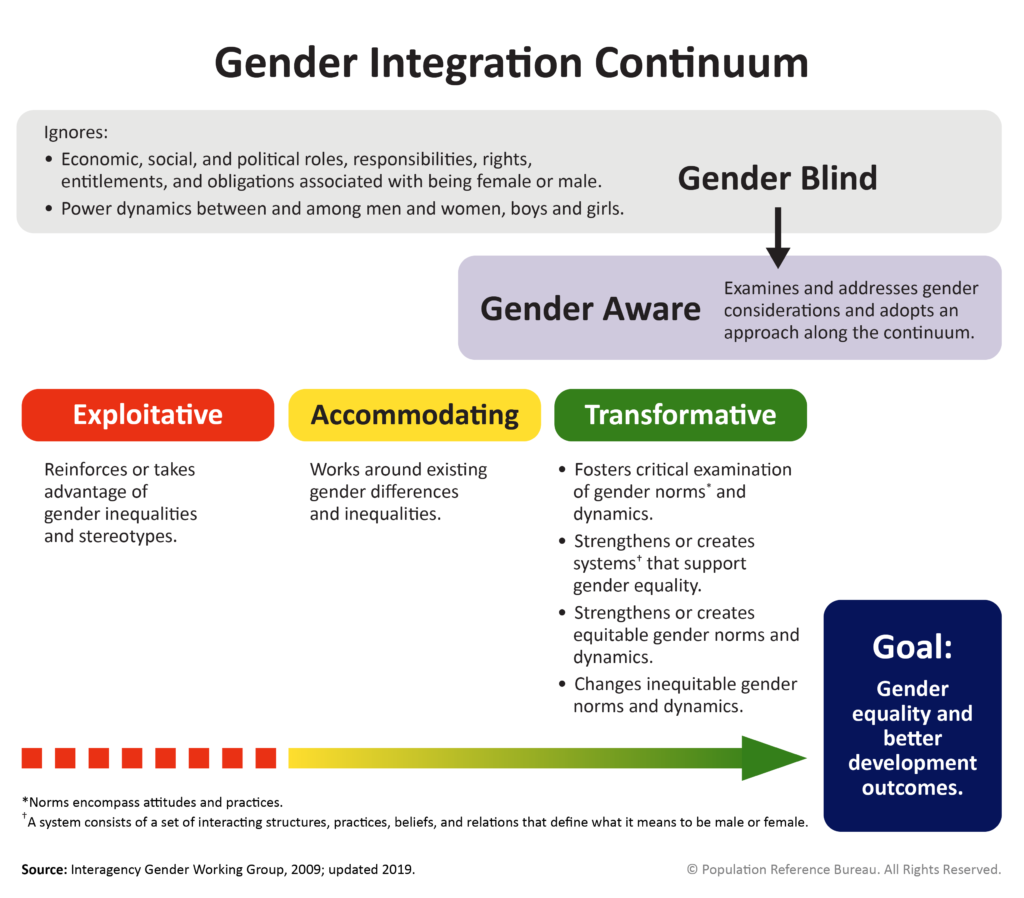Gender Perspectives Improve Reproductive Health Outcomes
This review assembles the latest data and updates the evidence as to what difference it makes when a gender perspective is incorporated into reproductive health programs.
Our training materials can be used to introduce a broad range of audiences and backgrounds to important concepts related to gender and health. Each training course focuses on one of five themes that complement the CORE Gender 101 agenda: Gender Integration, HIV + Sexuality, Safe Motherhood, Gender-Based Violence, and Constructive Male Engagement. The courses are designed to meet the geographic and technical needs of cooperating agencies, USAID Missions, and specific projects. Materials range from basics such as using a shared gender vocabulary and programmatic guidance, to user guides on how to conduct a gender analysis, to exercises for gender trainings. The trainings are geared to be used by anyone and with any audience, even those learning about gender for the first time!
Our popular Gender Integration Continuum framework is an important tool to assess how programs do (or do not) address gender and move them toward more gender-transformative actions. An updated User’s Guide for facilitating training on use of the continuum is available, along with other materials.
This review assembles the latest data and updates the evidence as to what difference it makes when a gender perspective is incorporated into reproductive health programs.
This new revision of the 2006 guide, is intended to help USAID program officers integrate gender-based violence (GBV) initiatives into their health sector portfolio during project design, implementation, and evaluation.
This publication, developed for the USAID East Africa Regional Mission and the IGWG by MEASURE Evaluation, focuses on VAW/G program monitoring and evaluation. Leading experts from around the world who work in the various fields of VAW/G were consulted during all stages of the development process.

